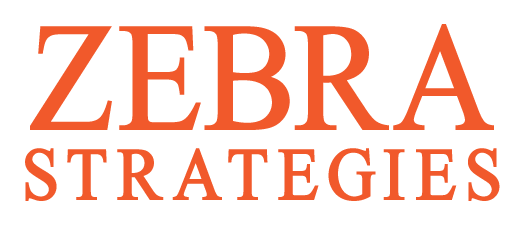We Will Take You Everywhere but Your Comfort Zone
The impact of your products, services, social initiatives, and user experiences largely depends on your ability to be open and inclusive. Still learning how to engage with underserved communities? We have curated the best approaches and resources to tackle these conversations with dignity, cultural competence, and direct experience.
Our Process
We start with trademarked research methodology, trusted community bonds, and a nationwide proprietary database with an average of 1,000 new potential participants each month. From there, we guide you all the way through:
Define...
the potential for your company or service in underrepresented communities
Formulate...
the right questions and research methodology for the right audiences
Conduct...
thorough qualitative and quantitative research
Navigate...
delicate research issues so that our tribe remains trusting
Uncover...
the right insights related to your needs
Interpret...
data analysis, turning those insights into effective strategies
Our Tactics
Novel Study Design
We customize an approach to your objectives that also accounts for the nuances and unspoken rules of engagement within these populations.
Focus Group Curation
We do not recruit; we lead with empathy to build lasting relationships with vulnerable populations.
Surveys Where They Are
We survey at the malls, streets, and other locations that make our participants comfortable enough to speak honestly.
Dialogue Via Devices
We increase our ability to reach guarded populations by connecting through everyday technology that is familiar.
Moderation Through Understanding
With open minds and hearts, we have direct conversations with people sharing views about their community, culture, wants, and needs.
Usability Optimization
We collect information that improves engagement through UX exploration and refinement.
Field Management
Nationwide, regional, and local.
Deep Engagement
Facilitation and recruiting triads, dyads, buddy groups, and off-site focus groups.
Trusted Interactions for Truthful Results
No matter the step in our process or the tactic we have employed, the establishment of Overarching Trust is key to our entire approach.
It Starts with You
We establish a candid, open conversation to define your needs and objectives as we explore touchy subjects and unknown markets.
Safe spaces for undervalued populations to share the intimate details of their habits and behaviors
Facilitators who live the culture and language of our subjects
Dignity, respect, and compassion for trauma
Proprietary method of forging meaningful interactions so you can take positive action
Instinct to stay ahead of the cultural curve
Contact Us
For more information, simply fill out and submit the form below.
To request a quote, click here.
